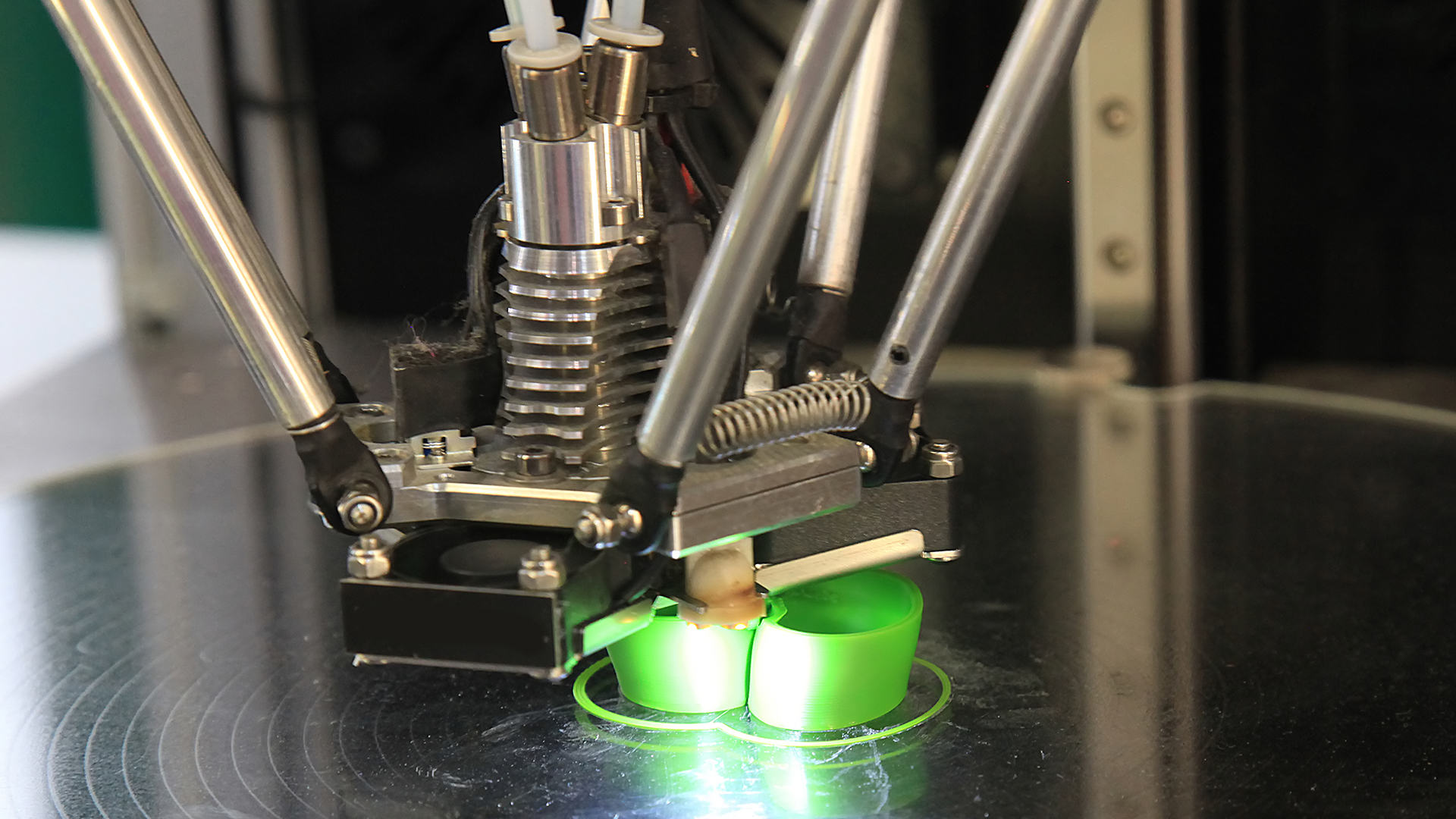Additive manufacturing is growing by leaps and bounds. The market value of the industry is expected to reach $44.6 billion by 2028, rising at a market growth of 18.9% CAGR.
This rapid growth can be attributed to the many benefits of additive manufacturing, including faster turnaround times, lower costs, and greater flexibility, as well as the increasing demand from major industries such as automotive, health care, and aerospace.
As it grows, the additive manufacturing sector continues to evolve. One of the biggest areas of innovation is in the materials being used for printing.
There are now a wide variety of materials that can be used in additive manufacturing, from plastics and metals to ceramics, with new materials being developed at a blistering pace.
In this blog post, we’ll take a closer look at the some of the emerging materials
on the market.
Biomaterials
One of the main focuses of the additive manufacturing industry is the development of new biomaterials, reflecting an overall megatrend of sustainability and the need to find more environmentally friendly materials.
PLA, or polylactic acid, is one of the most commonly used biomaterials. PLA is a thermoplastic derived from renewable resources like corn starch and sugar cane, making it biodegradable under the right conditions.
PHA, or polyhydroxyalkanoate, is another biodegradable thermoplastic derived from renewable resources. PHA is produced by bacteria and can be used to create a wide range of products, including food packaging, biomedical implants, and even car parts.
One of the newest biomaterials on the market is Nanocellulose. Nanocellulose is a nanomaterial made from cellulose, the main structural component of plants. Nanocellulose is strong and stiff, making it ideal for use in a variety of applications, including food packaging, biomedical implants, and even car parts.
More innovative bio-materials, such as those made from cellulose, chitin and fungus, are being developed to recycle biobased waste materials into new products. These have the potential to create a more sustainable manufacturing process, as well as reduce waste and environmental impact.
Nano-composites
Nano-composites are a type of nanomaterial made from two or more materials with different physical and chemical properties. Nano-composites are often used to improve the strength, stiffness, or electrical and thermal conductivity of a material.
One example of a nano-composite is graphene, which is made up of carbon atoms arranged in a honeycomb-like lattice. Graphene is strong, lightweight, and has a high electrical and thermal conductivity. These properties make it an attractive material for use in additive manufacturing.
The development of nano-composite additive manufacturing materials has accelerated in recent years as companies look to reap the benefits of improved mechanical properties, heat resistance and permeability to gas.
However, there are still some challenges to overcome before these materials can be widely used. One challenge is the high cost of production. In order to make nano-composites commercially viable, manufacturers will need to find ways to bring down the cost of production.
Another challenge is that nano-composites are often difficult to process and print with due to their small particle size. This can lead to clogging and other issues with the additive manufacturing process.
Manufacturers are working on developing methods to overcome these challenges so that nano-composites can be used more widely in additive manufacturing.
Edible 3D prints
While this might sound like sci-fi show, printable plant- or cell-based animal protein analogues are an area of active research. These could be used as food or as biomaterials for implants and other medical devices.
Recently, U.S. food giant Cargill invested heavily in Cocuus, a Spanish company that is pioneering this technology.
Cocuus isn’t the only company working on edible additive manufacturing materials. Modern Meadow, a U.S. startup, is also developing “biofabricated” meat and leather alternatives using yeast cells.
While we are still some way off from being able to print a steak dinner, these companies are making significant progress in developing additive manufacturing materials that are edible and could eventually have a major impact on the food industry.
In August this year, the Singapore University of Technology and Design (SUTD) used insect protein, mixed with carrot powder and xanthan gum, to print the world’s first “insect-based” noodles. These noodles are not only environmentally friendly but also high in protein and could be a viable alternative to traditional pasta made from wheat flour.
With the current global focus on sustainability, it is likely that we will see an increase in the use of additive manufacturing technologies to create food products.
Constant evolution and development
As a foundational pillar of Industry 4.0, additive manufacturing is constantly evolving. Innovative new materials are rapidly being developed and introduced to the market, giving engineers and manufacturers more options for their product designs.
From environmentally sustainable biomaterials to actual 3D printed foods, there are endless possibilities for the future of additive manufacturing materials.
Automation Alley is a World Economic Forum Advanced Manufacturing Hub (AMHUB) for North America and a nonprofit Industry 4.0 knowledge center with a global outlook and a regional focus. We facilitate public-private partnerships by connecting industry, education and government to fuel Michigan's economy.




